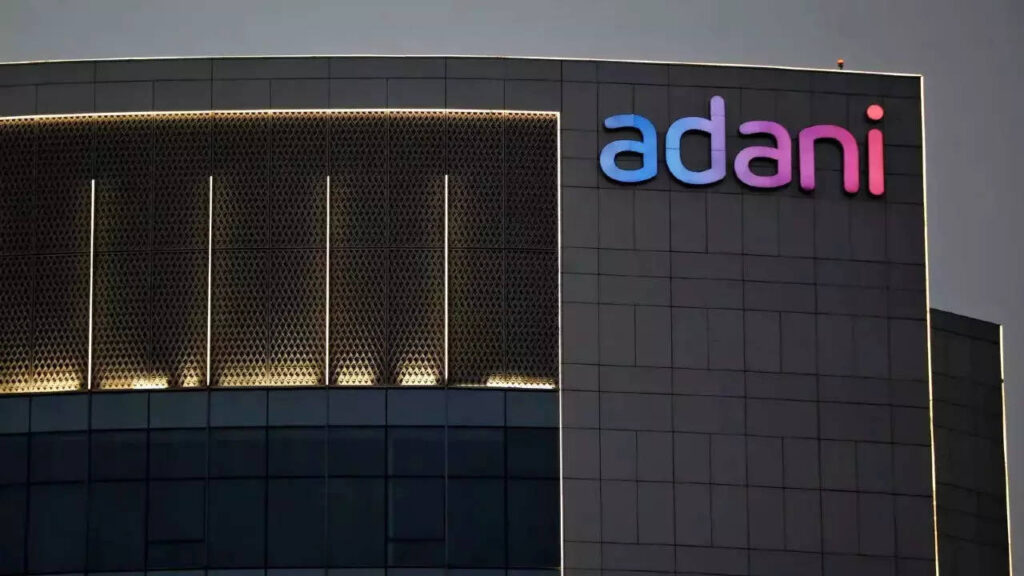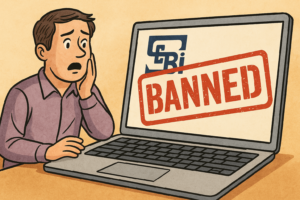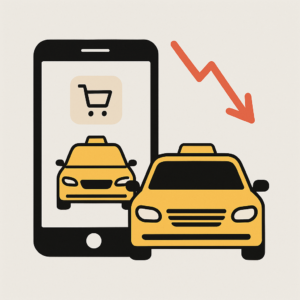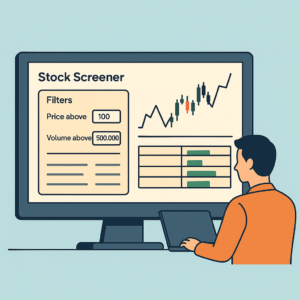Let’s deconstruct the Adani Business Model to explain how Adani makes money? How is the Business Model of Adani structured?
Adani Group, one of India’s largest multinational conglomerates, has been making headlines for its rapid growth and expansion in diverse sectors such as resources, logistics, energy, and agriculture. Established in 1988 by Gautam Adani, the company has transformed from a small trading firm to a global powerhouse with a presence in over 50 countries. In this blog post, we will delve deep into the business model of Adani, using the Business Model Canvas by Alexander Osterwalder as our guiding framework. We will explore the company’s history, its founders, the reasons behind its inception, and its journey to becoming a business giant. Relevant examples will be provided throughout the article to elucidate key points.
The Founder of the Adani Group
Gautam Adani, the founder and chairman of the Adani Group, was born in a small town in Gujarat, India, in 1962. He came from a humble background, with his father running a textile trading business. Gautam Adani moved to Mumbai at the age of 18 to start his entrepreneurial journey. He initially worked as a diamond sorter before establishing his own diamond brokerage firm. However, Gautam Adani’s ambitions went beyond the diamond trade. He returned to Gujarat in the late 1980s to pursue his passion for entrepreneurship and set up Adani Exports Limited, a trading company dealing in commodities.
The Adani Story
The inception of Adani Group can be traced back to Gautam Adani’s vision of capitalizing on the liberalization of the Indian economy in the early 1990s. He identified the tremendous potential in India’s growing infrastructure, logistics, and energy sectors. Adani Exports Limited, the precursor to the Adani Group, began as a trading company dealing with agricultural commodities and textiles. As the business expanded, Gautam Adani ventured into the logistics sector, setting up the Mundra Port in 1998. This marked the beginning of Adani’s foray into a multitude of industries.
The Business Model Canvas of Adani
Alexander Osterwalder’s Business Model Canvas is a strategic tool that allows businesses to visualize their value proposition, customers, channels, revenue streams, and other key components. This framework provides a holistic view of an organization’s business model, making it easier to understand its operations and identify areas of improvement. The canvas comprises nine building blocks, which are: Customer Segments, Value Proposition, Channels, Customer Relationships, Revenue Streams, Key Resources, Key Activities, Key Partnerships, and Cost Structure. We will apply this framework to the Adani Group to analyze its business model.
- Customer Segments:
Adani Group caters to diverse customer segments across multiple industries. Some of its primary customer segments include:
- Government and public sector entities: Adani Group works with government organizations, municipalities, and public sector enterprises for infrastructure development projects, port management, and energy generation.
- Industrial and commercial customers: The group supplies coal, electricity, and gas to various industrial and commercial clients, including manufacturing units, retail chains, and commercial establishments.
- Agricultural producers and traders: Adani’s agribusiness division caters to farmers and agricultural traders, providing them with procurement, storage, and logistics services.
- Individual consumers: Adani Group’s retail and real estate ventures cater to individual customers, offering residential properties and daily-use products through its supermarket chain.
- Value Proposition:
Adani Group’s value proposition can be summarized in the following points:
- End-to-end solutions: Adani Group offers comprehensive solutions in various sectors, covering the entire supply chain from procurement to delivery.
- Vertical integration: The group’s vertical integration allows it to control multiple aspects of its operations, ensuring better quality control, efficiency, and cost management.
- Focus on sustainability: Adani Group is committed to sustainable development and has invested in renewable energy sources like solar and wind power to reduce its carbon footprint.
- Scalability and flexibility: The conglomerate’s diverse portfolio allows it to scale operations and adapt to changing market conditions swiftly.
- Strong government relationships: Adani Group’s long-standing collaboration with the government and public sector enterprises has enabled it to secure large infrastructure projects and expand its footprint.
- Channels:
Adani Group employs multiple channels to deliver its products and services to customers. Some of these channels include:
- Direct sales: The group sells its products and services directly to clients through its sales teams, online platforms, and customer service centers.
- Partnerships and collaborations: Adani Group collaborates with various partners such as logistics providers, technology companies, and government agencies to deliver its offerings.
- Retail outlets: Adani’s supermarket chain, Adani Supermarket, serves as a distribution channel for the group’s consumer goods, reaching individual customers.
- Customer Relationships:
Adani Group maintains strong relationships with its customers through various means, including:
- Dedicated account managers: The group assigns account managers to large clients to ensure a personalized and seamless customer experience.
- Customer service centers: Adani Group operates customer service centers to address customer queries, complaints, and service requests.
- Community engagement: The conglomerate actively engages with local communities, contributing to their development through initiatives such as the Adani Foundation, which focuses on education, healthcare, and rural development.
- Revenue Streams:
Adani Group generates revenue from multiple sources, including:
- Service fees: The group charges fees for services such as port management, logistics, and infrastructure development.
- Sales of goods: Adani Group earns revenue from the sale of commodities like coal, electricity, and agricultural products.
- Real estate and retail sales: The group generates income from the sale of residential properties and consumer goods through its retail outlets.
- Government contracts: Adani Group secures large infrastructure projects from government agencies, contributing to its revenue.
- Key Resources:
Adani Group’s key resources include:
- Physical assets: The group’s extensive infrastructure, including ports, power plants, solar parks, and real estate properties, forms the backbone of its operations.
- Human resources: Adani Group’s skilled workforce, including management, engineers, and technicians, drives its growth and innovation.
- Intellectual property: The group’s proprietary technologies, patents, and licenses in various sectors contribute to its competitive advantage.
- Key Activities:
Adani Group’s key activities can be broadly categorized as follows:
- Infrastructure development and management: The group undertakes large infrastructure projects, such as ports, power plants, and solar parks, and manages their operations.
- Logistics and supply chain management: Adani Group provides end-to-end logistics and supply chain solutions for its clients.
- Energy generation and distribution: The group is involved in the generation and distribution of electricity and natural gas, with a focus on renewable energy sources.
- Agribusiness and retail: Adani Group procures, stores, and distributes agricultural commodities and operates a chain of retail outlets.
- Key Partnerships:
Adani Group’s key partnerships include:
- Government agencies: The group collaborates with government agencies to secure infrastructure projects and regulatory approvals.
- Technology partners: Adani Group partners with technology companies to develop and implement innovative solutions across its operations.
- Logistics providers: The conglomerate works with logistics providers to ensure efficient transportation and distribution of goods.
- Financial institutions: Adani Group partners with banks and financial institutions to secure funding for its projects and operations.
- Cost Structure:
Adani Group’s cost structure comprises:
- Capital expenditures: The group incurs significant capital expenditures for infrastructure development and maintenance.
- Operational costs: Adani Group bears operational costs such as employee salaries, fuel expenses, and maintenance of its facilities.
- Marketing and sales expenses: The group spends on marketing and sales efforts to promote its products and services and attract customers.
- Research and development: Adani Group invests in research and development to drive innovation and stay competitive in the market.
- Financing costs: The conglomerate incurs financing costs, such as interest payments on loans and debt.
Adani Group’s meteoric rise can be attributed to its diverse portfolio, vertical integration, and strategic partnerships, all of which have been instrumental in its expansion into various sectors. By applying Alexander Osterwalder’s Business Model Canvas, we have gained a comprehensive understanding of the group’s operations, value proposition, and key success factors. Adani Group’s focus on sustainability, scalability, and strong government relationships have also played a crucial role in its journey to becoming a global powerhouse.
As a case study, Adani Group serves as an inspiration for entrepreneurs and businesses seeking to grow and diversify their operations. By leveraging the Business Model Canvas and understanding the key components of a successful business model, organizations can identify opportunities for growth, streamline their operations, and unlock their full potential.
Did you know? Corporate teams like to use our coworking space in Bangalore.
Learn more about our coworking space on YouTube where we talk about a variety of topics including personal finance, entrepreneurship, business and life.
Did you know? We also have a private theatre in Bangalore.




